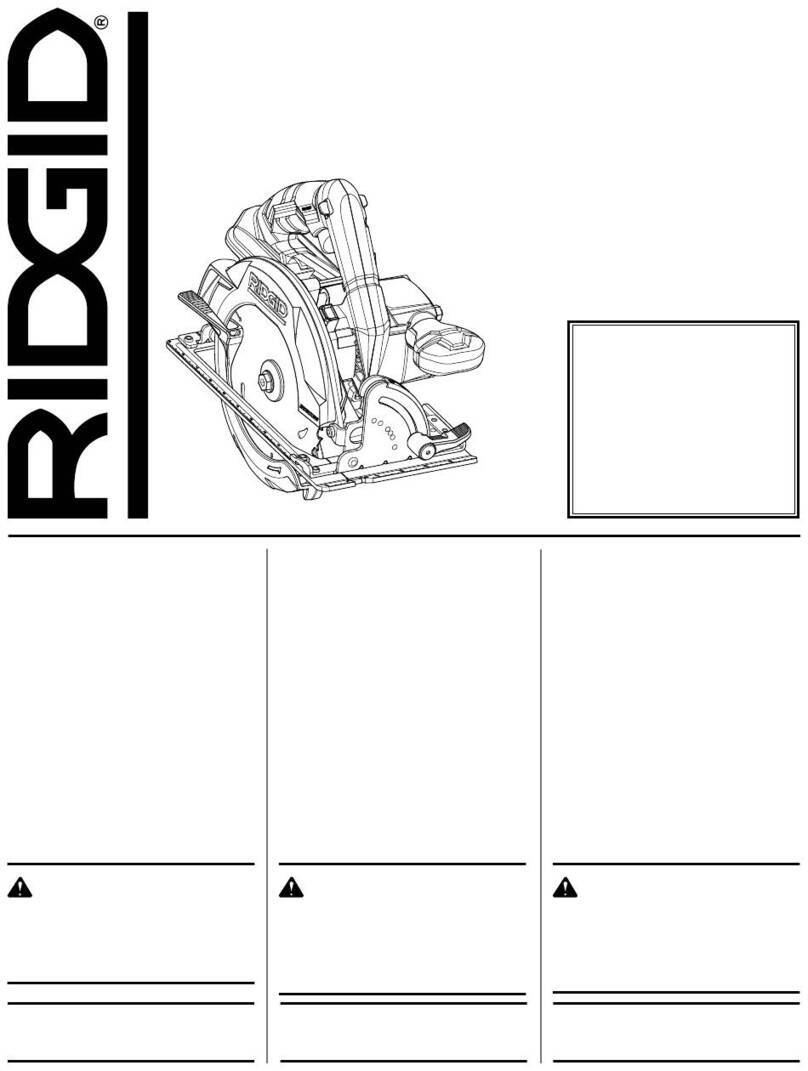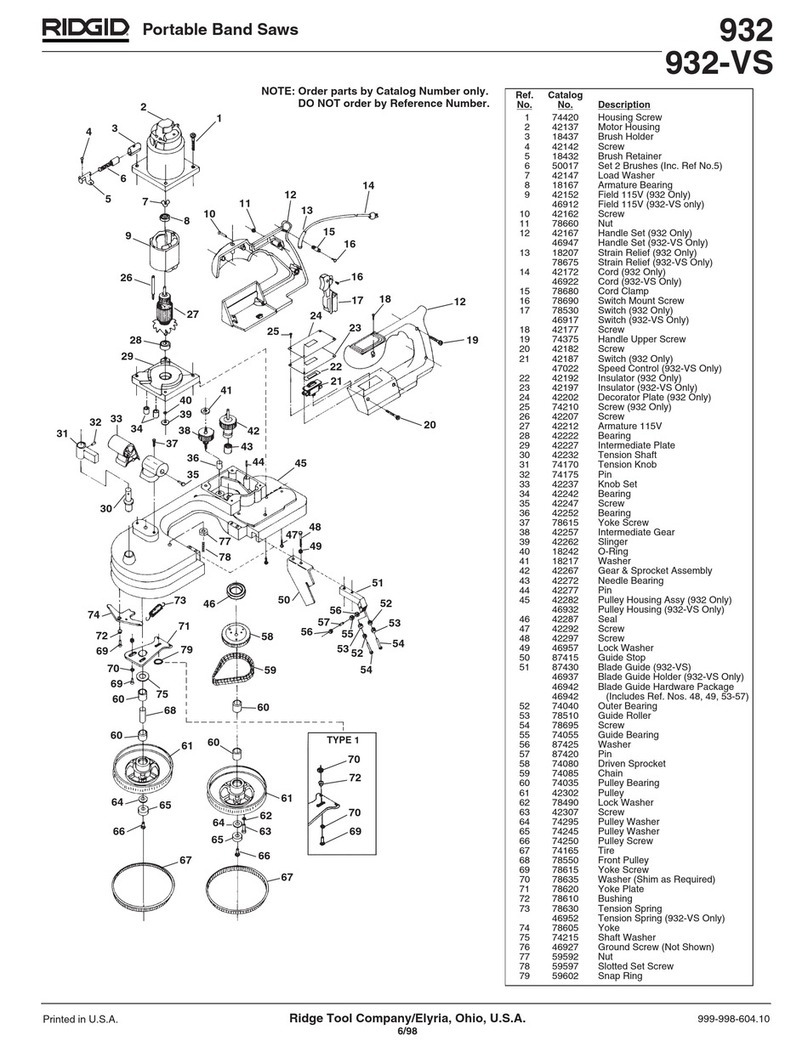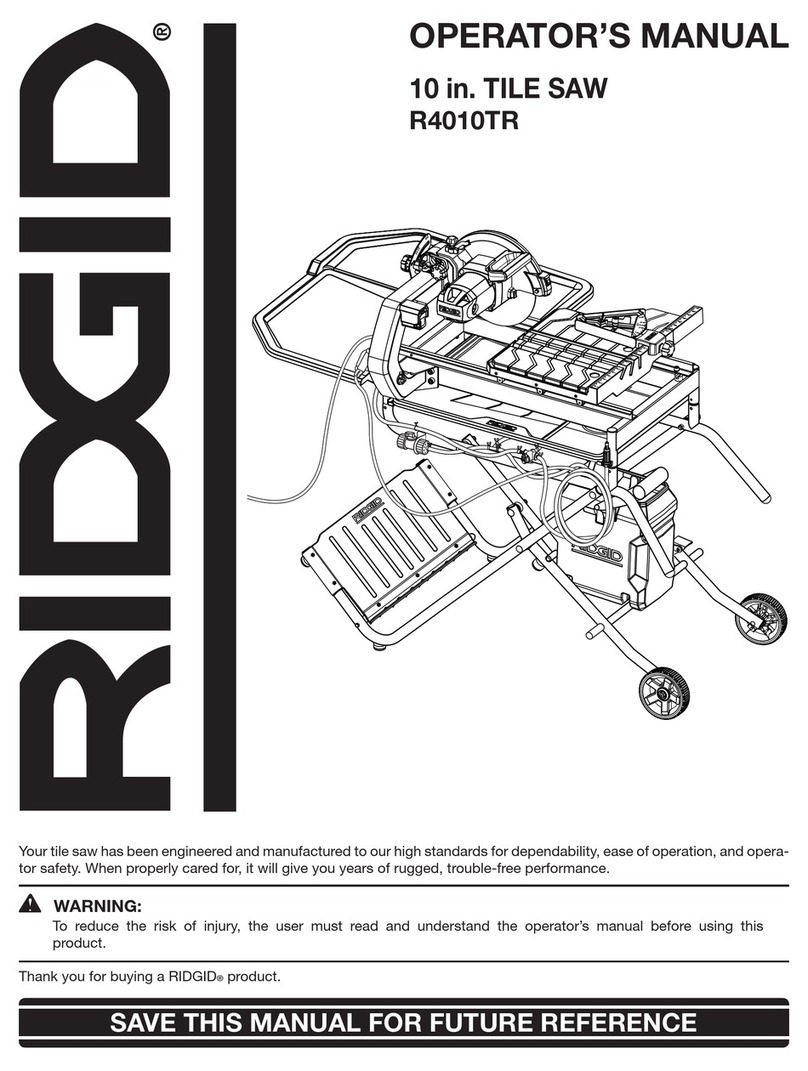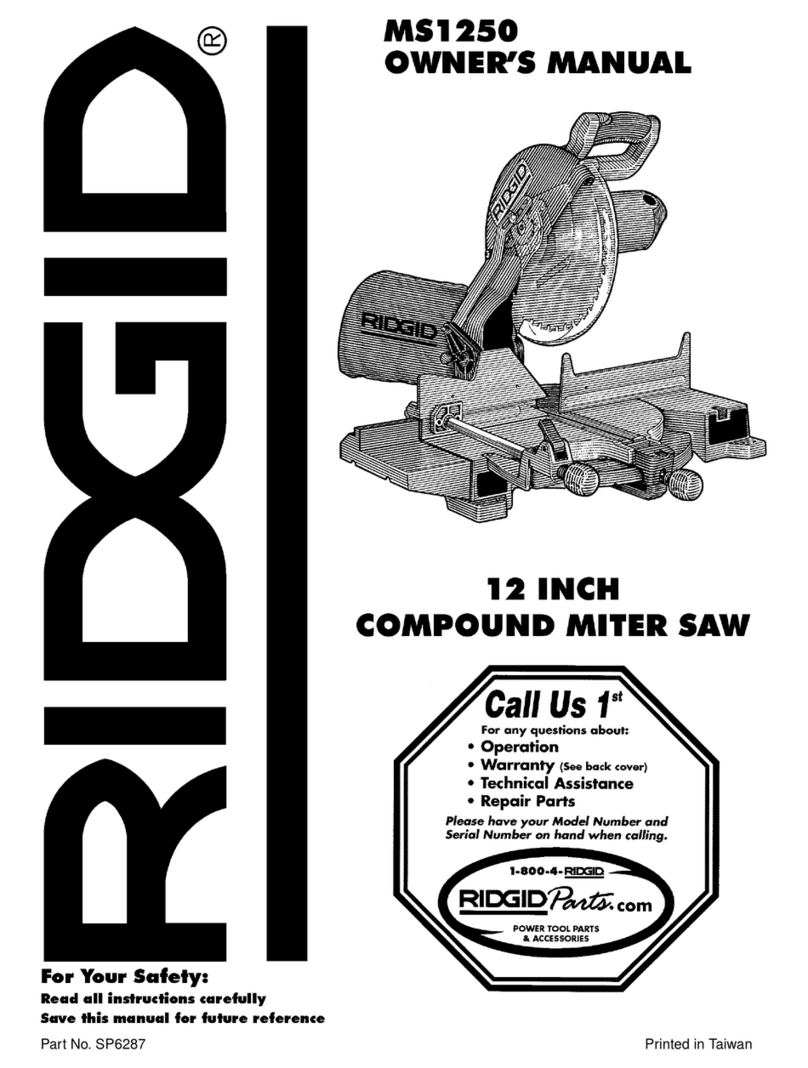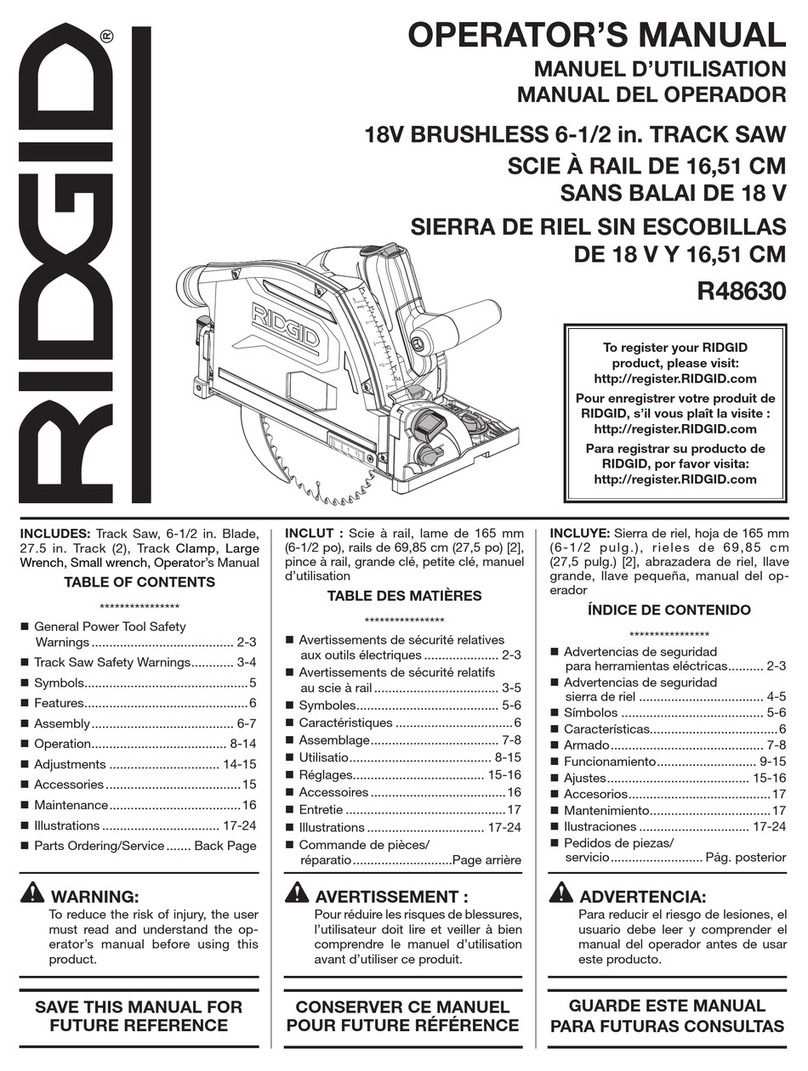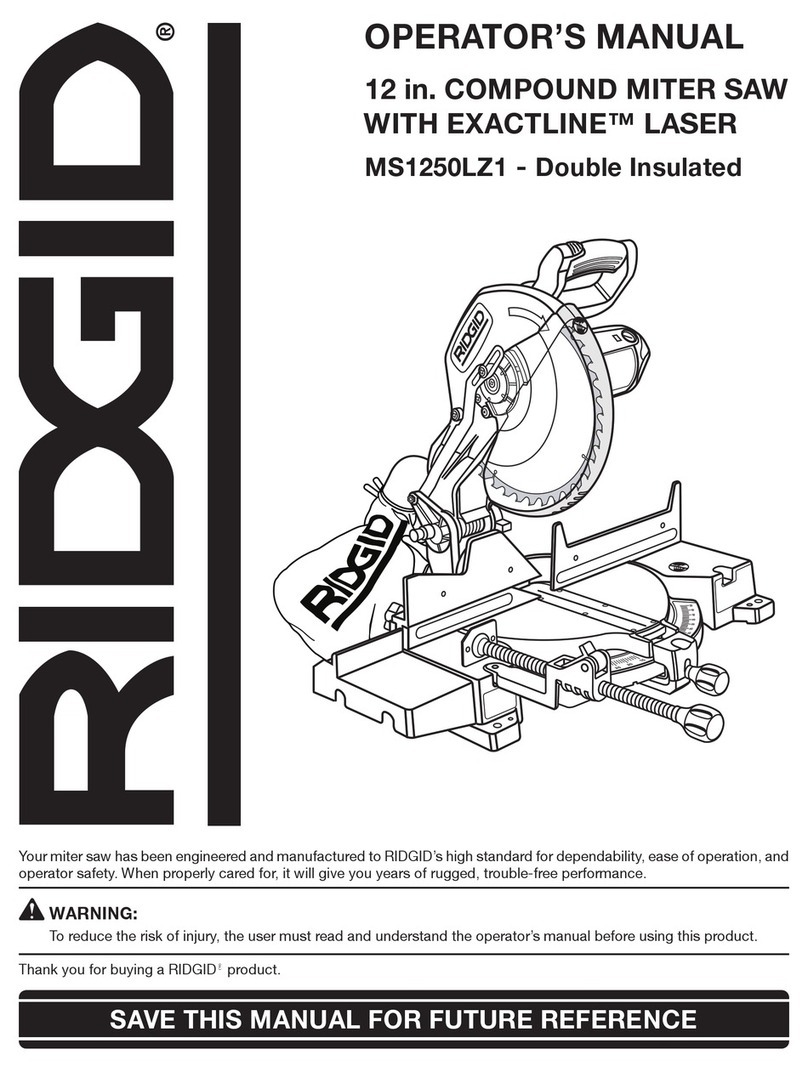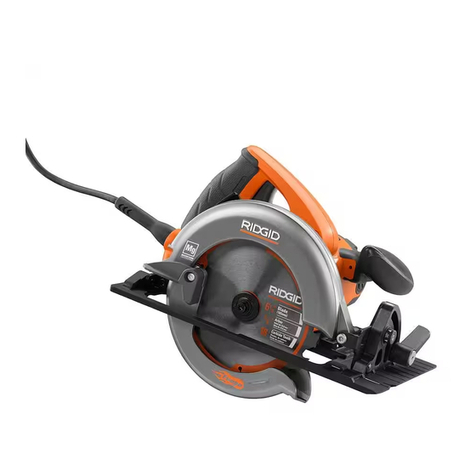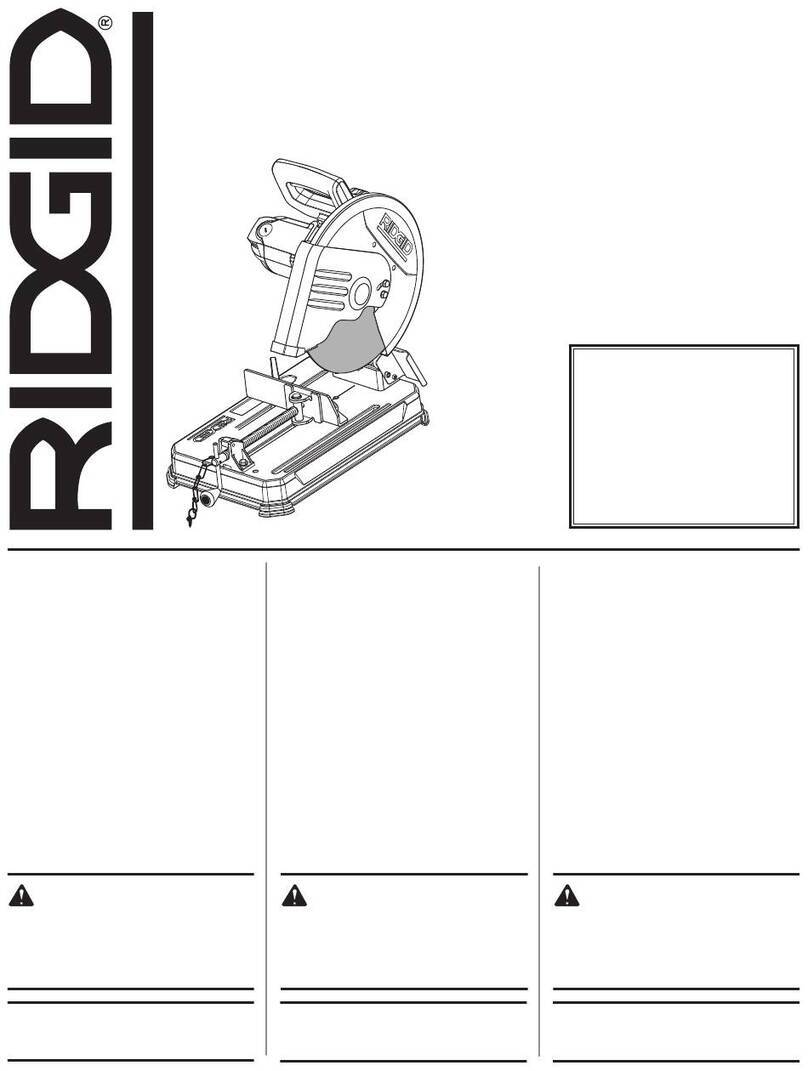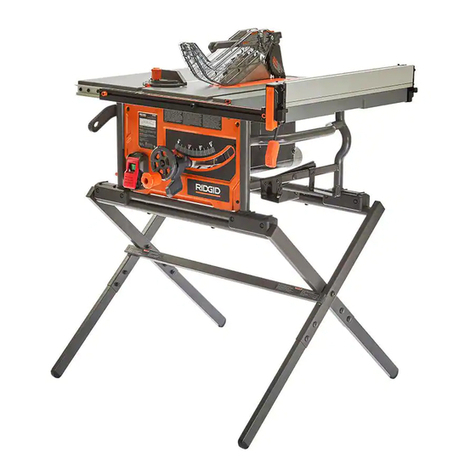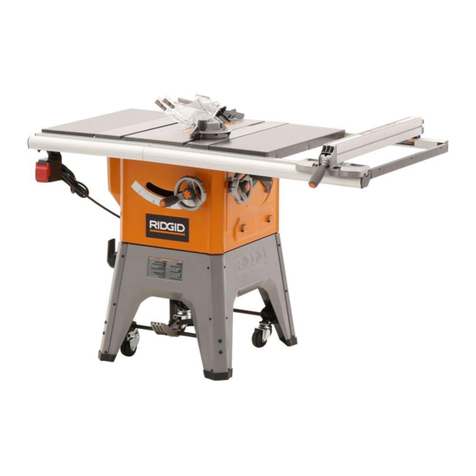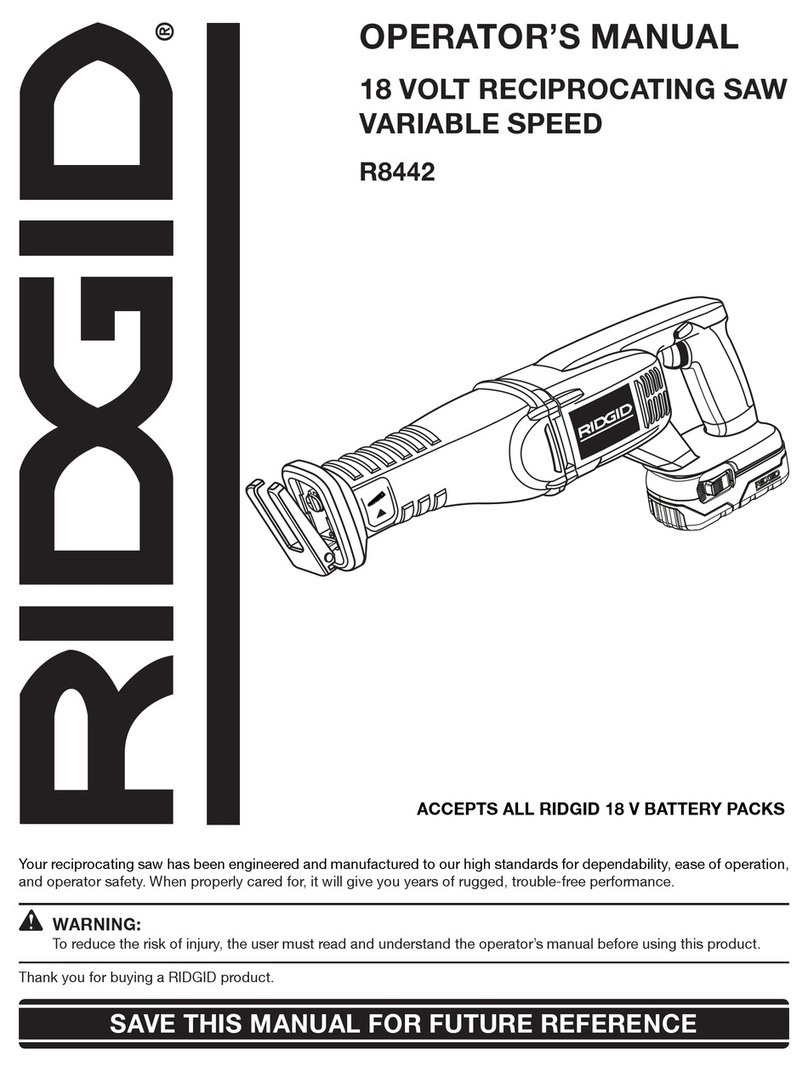
2
Table of Contents
Section Page
Table of Contents .......................................... 2
Safety Instructions For Miter Saw .................2
Safety Signal Words ................................... 2
Before Using The Saw ............................... 3
When Installing Or Moving The Miter Saw .3
Before Each Use ........................................ 4
To Reduce the Risk of Injury From Jams,
Slips Or Thrown Pieces ............................ 4
Plan Ahead To Protect Your Eyes, Hands,
Face and Ears .......................................... 5
Dress For Safety ........................................ 5
Preparing to Make Cut ............................... 6
Whenever Saw Is Running ......................... 7
Before Leaving The Saw ............................ 7
Glossary of Terms for Woodworking ............. 8
Motor Specifications and Electrical
Requirements ........................................... 8
Power Supply and Motor Specifications ..... 8
General Electrical Connections .................. 9
110-120 Volt, 60 Hz. Tool Information......... 9
Motor Safety Protection .............................. 9
Wire Sizes ................................................ 10
Unpacking and Checking Contents ............. 10
Tools Needed ........................................... 10
Unpacking ................................................ 10
List of Loose Parts ................................... 10
Assembly .....................................................12
Assembling and Aligning the
Table Extension ...................................... 12
Attaching Dust Elbow and Dust Bag ......... 12
Installing or Removing the Blade ............. 13
Getting to Know Your Miter Saw ................. 14
Alignment (Adjustments) ............................... 16
Step One: Blade Square to Table
(Bevel Alignment) ..................................... 16
Assembling Leg Set .................................... 18
Attaching Feet .......................................... 18
Mounting The Miter Saw ............................. 19
Mounting Saw on Supplied Legset ...........19
Mounting Saw on Other Legsets or Work
Benches .................................................19
Portable Applications ............................... 19
Section Page
Safety Instructions for Basic Saw
Operations ..............................................20
Before Each Use ........................................20
To Reduce the Risk of Injury From Jams,
Slips Or Thrown Pieces ..........................20
Plan Ahead To Protect Your Eyes, Hands,
Face and Ears ........................................21
Dress For Safety ......................................21
Preparing to Make the Cut .......................21
Whenever Saw Is Running .......................23
Before Leaving The Saw: .........................23
Basic Saw Operations .................................24
Body and Hand Position ...........................24
Miter Scale Usage ....................................24
Sliding Fence ...........................................25
Miter Cut ...................................................25
Bevel Cut ..................................................25
Compound Cut .........................................26
Cutting Compound Miters on
Picture Frames and Boxes .....................26
Cutting Bowed Material ............................26
Workpiece Support ..................................27
Auxiliary Fence .........................................27
Cutting Base Moldings .............................27
Cutting Crown Moldings ...........................28
Two Methods of Cutting Crown Molding ..28
Maintenance and Lubrication ......................30
Maintenance .............................................30
Lubrication ................................................30
Accessories .................................................31
Prohibited Accessories .............................. 31
Basic Blade Requirements .......................31
Using Carbide Tipped Blades ......................31
Troubleshooting Guide ................................32
General ....................................................32
Motor ........................................................33
Wiring Diagram ............................................33
Trouble Shooting of Brake by Qualified
Service Person Only ...............................33
Repair Parts ................................................34
Notes ...........................................................42
Safety Instructions For Miter Saw
Safety is a combination of common sense, staying alert and knowing how
your miter saw works. Read this manual to understand this miter saw.
Safety Signal Words
DANGER: means if the safety infor-
mation is not followed someone will
be seriously injured or killed.
WARNING: means if the safety infor-
mation is not followed someone
could be seriously injured or killed.
CAUTION: means if the safety infor-
mation is not followed someone may
be injured.
